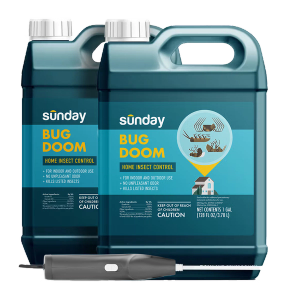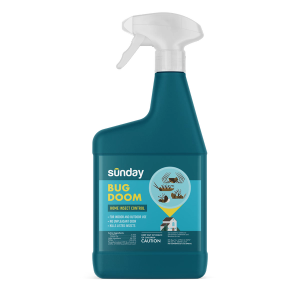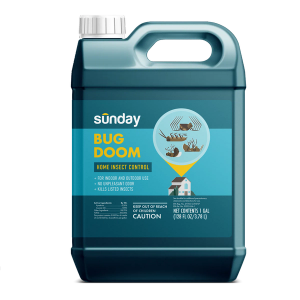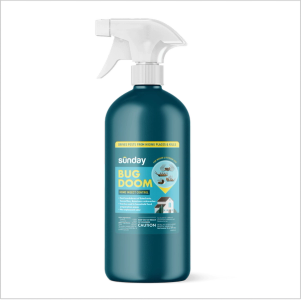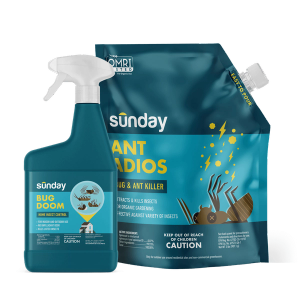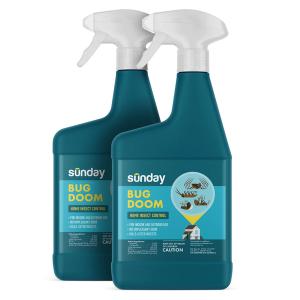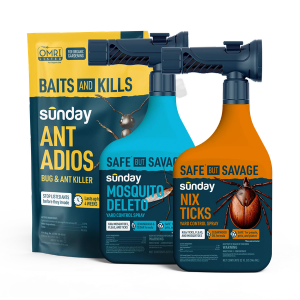These hard-working insects are common in outdoor areas across the U.S., with the exception of the northeast. Although they prefer not to get confrontational, they'll protect their nests with a shallow (but painful) sting, if necessary. As if that weren't enough, harvester ants are also known for clearing all vegetation within several feet of their nests, which can lead to large—and unsightly—bare areas in the lawn.
How to ID harvester ants
There are many different species of harvester ants, but most are orange to red or brownish-black. Workers are usually ¼–½ inches long and have two nodes (bumps between the second and third body sections). On most species, the second body section has a pair of spines on the top, and many have long "beards" on their heads.
Fun fact! Much like honey bees (who are in the same order as ants) harvester ant workers are exclusively female.
Where do harvester ants live?
Harvester ants stay outdoors (thank goodness!). They create large nests that can extend several feet into the soil. Mounds, which can be found throughout the lawn or landscape, are characteristically broad, flat, and very large—up to several feet wide! The mounds often have pebbles that have been expelled from the nest, and the vegetation surrounding the mound is usually stripped bare, which is a serious bummer for your lawn. Worker ants will defend the mound with painful stings, so tread carefully!
When are harvester ants active?
Harvester ants are active above 60° F. Unfortunately for our friends in warm climates, that means harvester ants can be active all year long. Mating swarms usually occur after heavy summer rains, and each queen can live up to 15 or more years!
How to control harvester ants
Unfortunately, there are no good methods to prevent harvester ants, and cultural practices aren’t enough to get rid of them if they do show up. Monitoring and early action with baits are the best defense against extensive lawn damage (not to mention, you know, the stings). And when you need to, opt for the appropriate insecticide to control mounds.
Once you get the colony under control, you can patch your bare spots and get back to enjoying your yard!
Cited sources
Utah State University. Harvester Ants.
New York State Integrated Pest Management. Ants. Cornell University.







